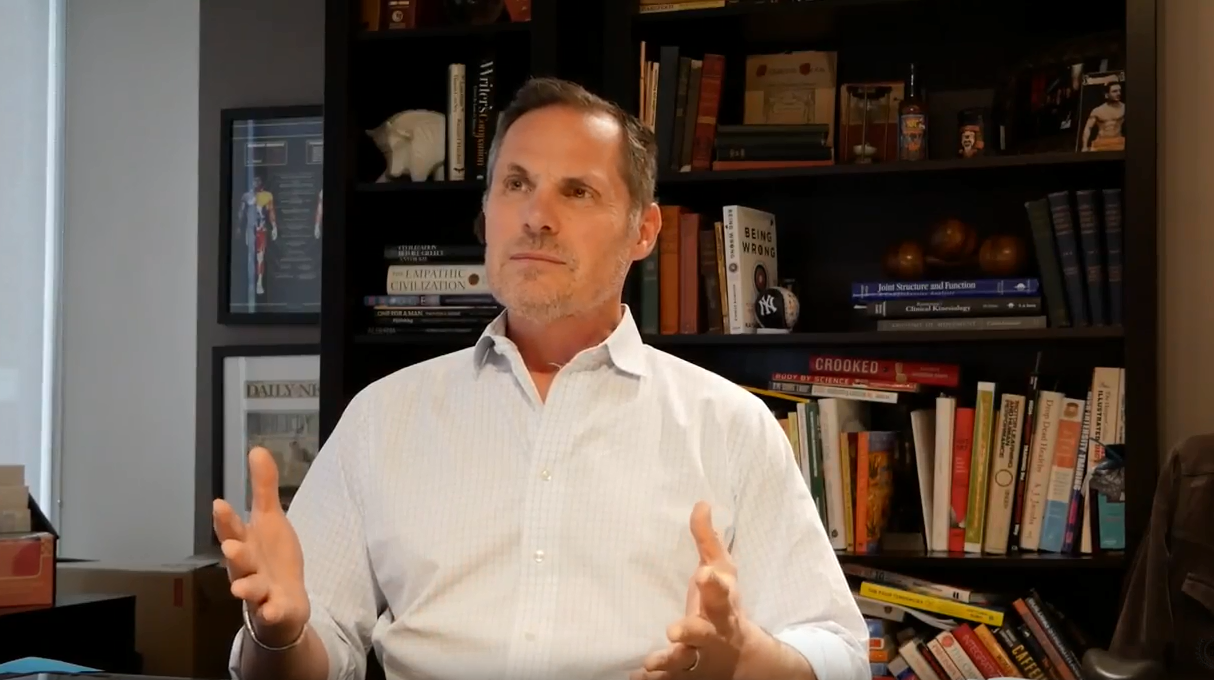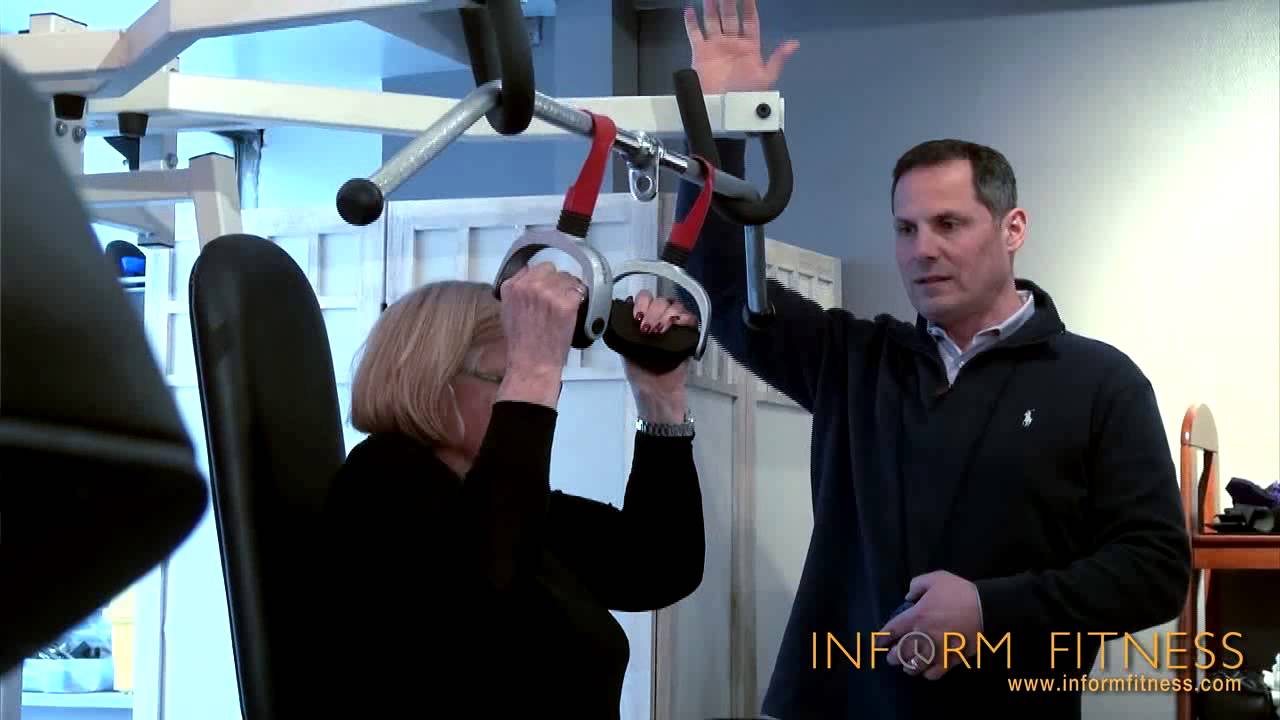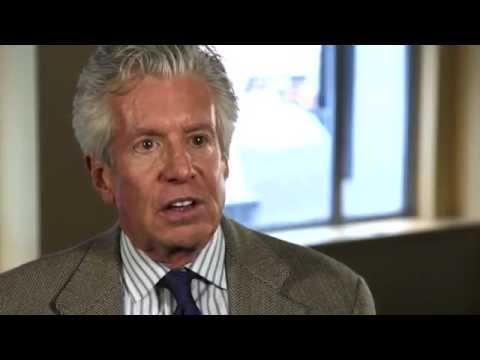Resources
Articles
Videos
Podcasts

The Power of Ten
by Adam Zickerman
If you’re one of the millions who are just too busy to get in shape or think that keeping fit takes endless hours in the gym and depressing diets, we have good news and bad news. The good news: Now you can get in the best shape of your life by working out 2O minutes, once a week, and following the generous eating rules in a program called Power-Of-10.
The bad news? You have no more excuses. Time to get into great shape!










Want to Experience It for Yourself?
Book a free 15-minute call to see if Inform Fitness is right for you























